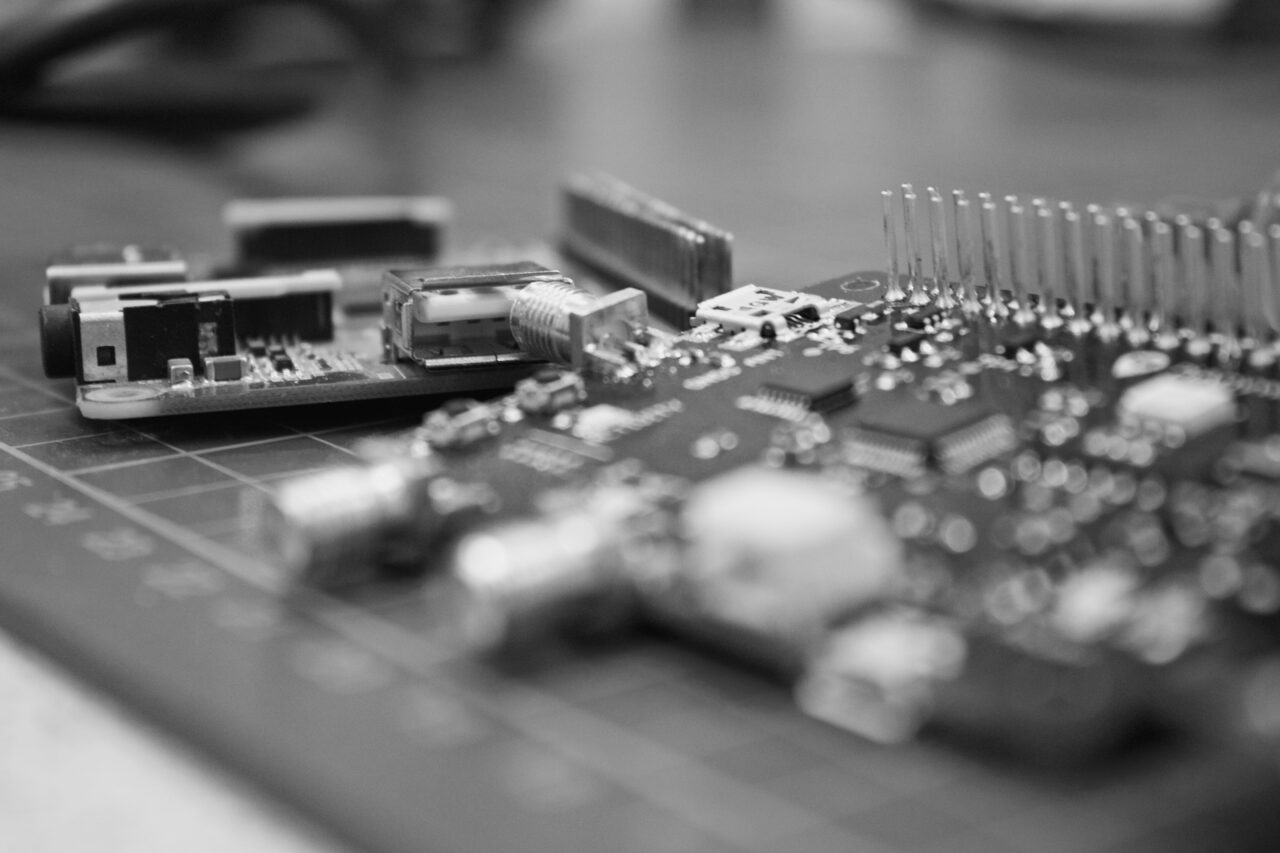First, let’s start by understanding what IoT and blockchain technology are. IoT refers to the network of physical devices, vehicles, and other objects embedded with sensors, software, and other technologies that enable them to connect and exchange data over the internet. The purpose of IoT is to enable these devices to interact with each other and with their environment, allowing for real-time monitoring, control, and optimization of various processes.
Blockchain technology, on the other hand, is a decentralized, distributed ledger that records transactions in a secure and transparent way. It is best known as the technology behind cryptocurrencies like Bitcoin, but its potential uses extend far beyond that. Blockchain technology enables secure, transparent, and tamper-proof record-keeping, making it ideal for applications that require high levels of security and trust.
Now that we have a basic understanding of what IoT and blockchain technology are, let’s explore the future of their convergence.
One of the most significant potential applications of blockchain technology in IoT is in the area of security. IoT devices are notoriously vulnerable to cyberattacks, and a breach in one device can compromise the security of an entire network. Blockchain technology, with its decentralized architecture and robust security features, can provide a secure and tamper-proof way of storing and transmitting data between IoT devices.
Another potential application of blockchain technology in IoT is in the area of data privacy. IoT devices collect vast amounts of data, often without the user’s knowledge or consent. This data can be highly sensitive, and there is a growing concern among consumers about the use of their data by corporations and governments. Blockchain technology can provide a decentralized and secure way for users to control and manage their data, giving them greater transparency and control over how their data is used.
The convergence of IoT and blockchain technology also has the potential to enable new business models and revenue streams. For example, blockchain-based smart contracts can enable automated transactions between IoT devices, such as a car automatically paying for parking or tolls. This can create new revenue streams for businesses and enable new services and applications for consumers.
Another potential application of blockchain technology in IoT is in the area of supply chain management. IoT devices can be used to track and monitor goods and products as they move through the supply chain, providing real-time visibility into the status and location of goods. Blockchain technology can provide a secure and transparent way of storing and transmitting this data, enabling greater efficiency and transparency in the supply chain.
The convergence of IoT and blockchain technology is also likely to have significant implications for the energy sector. IoT devices can be used to monitor and optimize energy usage in buildings and homes, while blockchain technology can enable the creation of decentralized energy markets, where energy can be bought and sold between consumers and producers in a secure and transparent way.
In conclusion, the convergence of IoT and blockchain technology is likely to have a profound impact on our world in the coming years. From security and data privacy to new business models and revenue streams, the potential applications of this convergence are vast and varied. As the technology continues to evolve and mature, we can expect to see even more exciting and innovative applications emerge.



